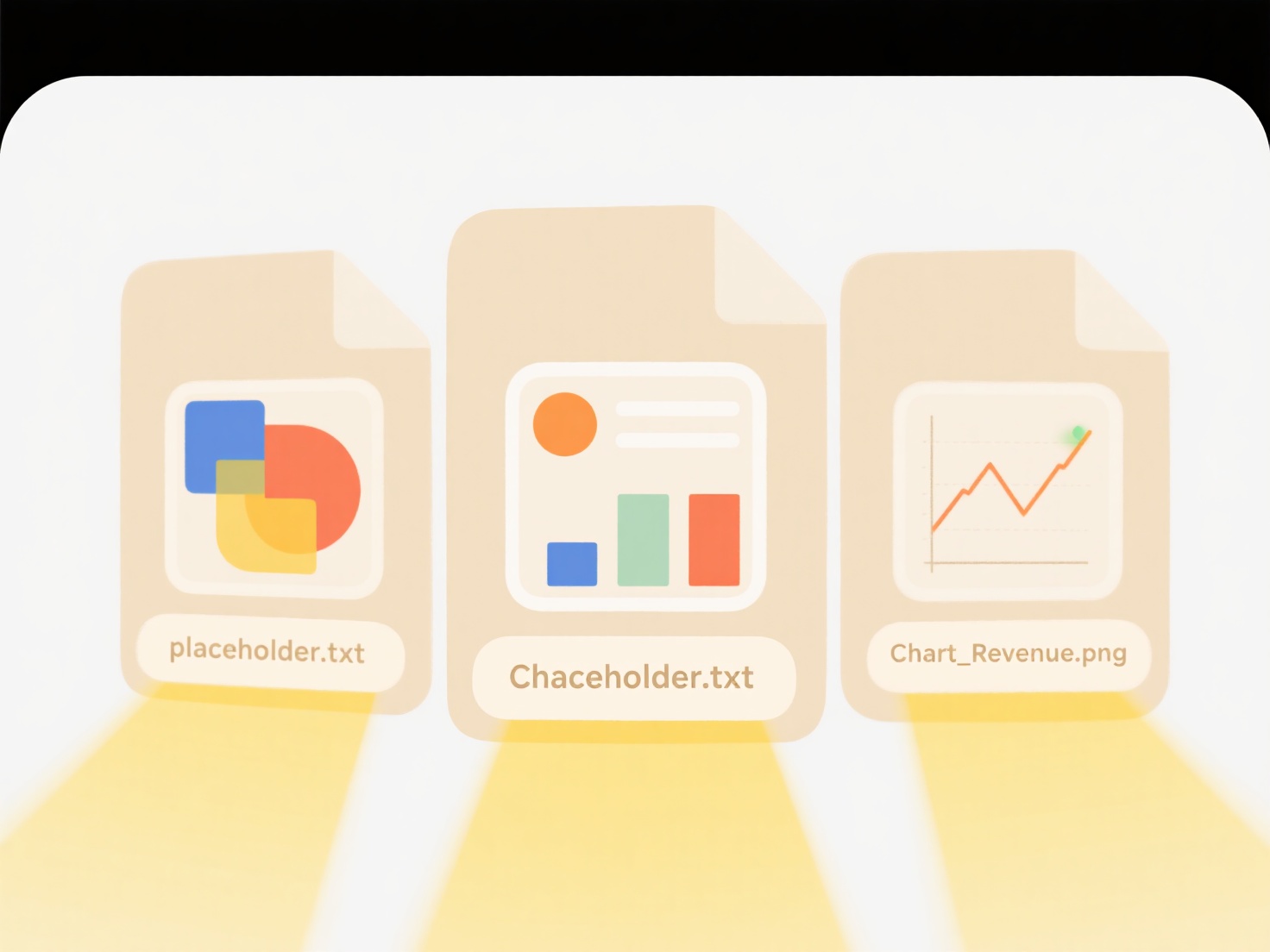
To find documents with tracked changes or comments, look for features specific to editing history and collaborative feedback. Tracked changes visually highlight additions, deletions, and formatting edits made by reviewers, typically appearing in a different color. Comments, distinct from tracked changes, are notes added to specific text sections for discussion or suggestions, usually displayed in balloons or a side pane. Document processors like Microsoft Word and Google Docs have dedicated menus or panels displaying these elements.

Common examples include authors receiving manuscripts back from editors showing suggested edits (tracked changes) and feedback queries (comments). In legal contract reviews, internal and external stakeholders frequently use tracked changes to propose wording adjustments and add clarifications via comments on specific clauses, directly within the document using these collaborative features.
Key advantages include transparent revision history and clear feedback loops, essential for accurate collaboration and quality control. However, forgetting to remove tracked changes before finalizing a document can unintentionally reveal confidential edits. Accidental deletion of unresolved comments might also lead to overlooked feedback. Always ensure 'All Markup' is enabled for visibility and use the document's Review pane to systematically navigate changes and comments before accepting/rejecting edits and resolving comments for finalization.
How do I find documents with tracked changes or comments?
To find documents with tracked changes or comments, look for features specific to editing history and collaborative feedback. Tracked changes visually highlight additions, deletions, and formatting edits made by reviewers, typically appearing in a different color. Comments, distinct from tracked changes, are notes added to specific text sections for discussion or suggestions, usually displayed in balloons or a side pane. Document processors like Microsoft Word and Google Docs have dedicated menus or panels displaying these elements.

Common examples include authors receiving manuscripts back from editors showing suggested edits (tracked changes) and feedback queries (comments). In legal contract reviews, internal and external stakeholders frequently use tracked changes to propose wording adjustments and add clarifications via comments on specific clauses, directly within the document using these collaborative features.
Key advantages include transparent revision history and clear feedback loops, essential for accurate collaboration and quality control. However, forgetting to remove tracked changes before finalizing a document can unintentionally reveal confidential edits. Accidental deletion of unresolved comments might also lead to overlooked feedback. Always ensure 'All Markup' is enabled for visibility and use the document's Review pane to systematically navigate changes and comments before accepting/rejecting edits and resolving comments for finalization.
Quick Article Links
How do I share files securely over email?
Secure email file sharing protects sensitive documents by ensuring only intended recipients can access them, unlike stan...
Can I auto-rename handwritten notes after scanning?
Optical Character Recognition (OCR) technology attempts to convert scanned handwriting into digital text, potentially en...
What happens if two files get the same name during renaming?
When files get renamed to identical names within the same folder, the operating system prevents this duplication to avoi...